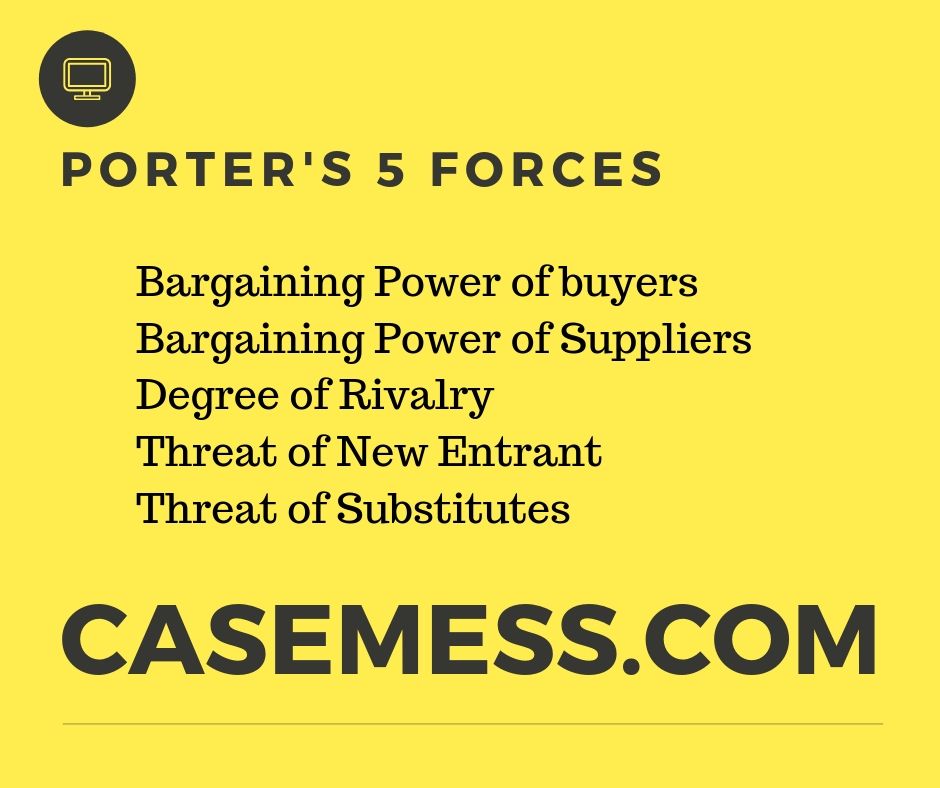Harvard Case Study Help
Home >> Harvard
Harvard Case Help
One of the essential trend in the world of company is Harvard Case Study Analysis of company and industries. The factors like environment, supply and need has been progressing companies to drive towards running themselves as a homogenous market throughout the world. Harvard Case Study Analysis of companies is to increase integration and connection at global level between individual organizations, and nation-states. It is generally specified as a movement of:
• Item and services
• Labor.
• Capital.
Throughout the world, it is an increase in political, cultural, technological, social, financial and eco-friendly spheres. It all starts with a substantial boost in sourcing at international level by following worldwide recognition in order to establish into a multinational company.
Modifications in the organizational structure is connected with its culture, process, structure, core proficiencies and primarily its objective which leads in underestimating of distinctions in management of cosmopolitan enterprise, international operations and worldwidecompanies.
Problem Statement:
 In Harvard Case Study Solution of any business, item existence in an international market for their entryway needs item specialization i.e. improvement of whole production procedure to low cost one item. Thinking about dis aggregation of production process by focusing on their prospective areas i.e. a single product will be made and put together at different places is a terrific challenge for company.
In Harvard Case Study Solution of any business, item existence in an international market for their entryway needs item specialization i.e. improvement of whole production procedure to low cost one item. Thinking about dis aggregation of production process by focusing on their prospective areas i.e. a single product will be made and put together at different places is a terrific challenge for company.
Theory of comparative advantage in Harvard Case Study Solution:
With the fact, a best theory is stated to be the one which consists of presumptions, reductions and conclusions discussing the potential outcomes of open market. Comparative advantage is the capability of a state in production of goods and services in an effective and inexpensive method. It is generally affected by labor expense, capital cost, geographical location, efficiency of labor force and natural deposits.
As this theory is persuading for lumber, mining and farming based markets. Therefore, comparative advantage as a natural endowment result shows that not all areas or nations around the globe are capable and efficient in production of specific goods. Like United States of America, the schedule of enormous temperate landmass and more parts of wood serves as a comparative benefit in farming for the production of timber-based products. Australia is based on the mining industry.
It is recommended by the theory that carrying out trade economies supplies advantages from low costs of production and enhanced items and services. Through production of items based on relative advantage, the demands of nation are effectively provided and resources are assigned in an effective method. Hence, commodities production at low expense makes trade mutually helpful for both the countries included.
Economic Clusters:
Industrial clustering as an outcome of absence of comparative natural benefit which is developed by markets themselves. In general, the theory of financial cluster discusses the industrial development as a benefit through focusing on complementary resource which includes manufacturers who are involved in locating their facilities of production near to their customer base line. It also involves low cost of transportation and strong scale of economies in the product production which as a result gets the provider's interest.
On the other hand, the development and co-location of labor market for "like" markets requiring similar skills tend to interdependencies of technology motivating clustering. According to a brand-new research, the economic clusters have influence on the economics of world as it is considered as the building blocks of economy at worldwide level.
In semiconductor market, the company in America and Asia together supply for the needs of the world. The semiconductor industry is capital extensive, complicated procedure of manufacturing, high research study and development with minimal cost of transportation. Interdependencies of innovation encouraging providers' co-location, while, curves of learning and expense impacts performances of indicate scale referring clustering to be mutually beneficial.
Porter’s Analysis
The issues associated with the reason behind attracting worldwide industries is explained by Porter's model of nationwide diamond which includes six aspects such as public policy and possibility, competitiveness in home market, related and supporting market, home-country need and factor conditions.
Public Law and Chance:
 It develops a sense that policies of federal government support industries at worldwide level through momentary defense, subsidies, rewards and infrastructure. Such as, the early domination of United States market of photography is attributable to the birth of Edwin Land and George Eastman.
It develops a sense that policies of federal government support industries at worldwide level through momentary defense, subsidies, rewards and infrastructure. Such as, the early domination of United States market of photography is attributable to the birth of Edwin Land and George Eastman.
Competitiveness in home market:
The competition, structure and techniques of an organization in the domestic industry constitutes the competitiveness component. It explains that more strong the competitors is more effective will be the organizations are anticipated to make every effort at international scale.
Associated and supporting industry:
The occurrence of supporting and correlated industries is another component of framework of Porter. On the basis of above conversation about the economic cluster of industries consists of an example related to Hollywood. As it is just a motion picture making cluster, it consists of service providers and a provider host which forms the marketplace of labor in the location of Los Angeles.
Home-country demand:
Other factor of Porter's framework consists of the size and nature of demand in the house country. In the advancement of industry, large markets in house market serves as a stimulus. For instance in Japan, the industry of motorcycle used its advantage of scale in developing its global existence followed by an early home start. According to Porter, place of demand is not just the thing that matters but its structure. The core design of a product constantly have a reflection on the needs of home-market. The industry of semiconductor in United States, discovered the government to be early, cost-intensive chip purchasers and sophisticated as useful. For that reason, the motivation for the development of advancement in technology and provision of early chances in order to make at significant scale.
Element conditions:
The discussion on the problem of specific attractions in between regions and markets is related to the matching endowments of nation with the requirements and qualities of the market. These conditions of factors involves developed and natural endowments. As these factors are mobile in nature and simple to mimic, the aspect conditions entirely do not offer the explanation of dominance in regions. It is absolutely opposite. Considering a market that has the potential to create substantial earnings with low entry barriers, shows the imitation force and reason for diffusion like expansion of industry through worldwide borders.
Also, as the competitors of companies of Japan which were initially developed in the United States. The imitation of methods of Japanese organizations by the companies of Korea. The overcoming of industries of Central European countries which were originated in the Western Europe. The dependency of markets on such mobile factors tend to be vulnerable.
Alternatives:
As an industry is influenced by the effect of factors, competition characteristics and federal government role in obstruction and stimulation of procedure of Harvard Case Study Solution. Therefore, some propositions to help a market in evolving based upon such influencing factors includes:
Alternative-- Fragmented and Competitive markets:
Fragmentation of market is considered terrific for both business and clients with varying conditions. As it works as a crucial factor in the success of company at global level. In fragmented market, no single organization dominates the industry and the competition is between all the companies operating in a particular market.
Pros:
• With interventions of government, fragmented industry produces a judicial mix of both non-market and market tactical preparation.
• The influence of federal government is instantly limited by conditions of fragmented market.
• Little scale firms focusing on unique fragments can substantially build their relationship with their clients and can make them feel special.
Cons:
• Market fragmentation can be danger to the leading company in the market associated to their market share and effect on earnings.
• Success of one company straight affected by some abrupt organizations in the market through factors like high capital expense and scale of economy.
• Boost in item customization, innovation and competitors tend to be a challenge for those organization who are unware of market fragmentation.
Alternative-- Oligopoly Competitors:
Oligopolistic competitive environment is a condition of limited competition. It functions as a key driver in the strategy for Harvard Case Study Solution in focused industries where the attributes of a nation is thought about an important factor. Thinking about various structures of market, there are many advantages and disadvantages.
Pros:
• It produces an impact of drip down surrounded by an economy. Rates of products produces high quantity of profits which as a result filters down in order to the factor behind the greater workers' earnings.
• Reduction in competitors leads to basic choices to catchfinestproduct, as it eliminates the requirement of substantial research study.
• Low priced products as there is a requirement for price balancing to generate revenue and remain appealing to their consumers.
Cons:
• In worldwide oligopolies, cross-subsidizing opportunities decrease the significance of production location and export choices.
• The positions at entry level and staff members can be dripped down by profits only when large subsidies allow them.
• Synthetic inflation of item prices for generation of extreme products and less competition.
Alternative-- Identification of one-upmanship:
Awareness about the brand-new market prior to entryway without leveraging a clear benefit of competition. As competitive benefit permits a firm to gain share in market and substantial advancement of specific niche and consumer base.
Pros:
• Understanding of competitive benefit plainly identifies a firm from its competitors in the market.
• It considerably is a method of contribution of more consumers, loyalty of brand name and higher rates.
• It is an essential factor to be thought about in business development of any particular organization in particular region.
Cons:
• For Harvard Case Study Analysis, usage of old methods that lead the success of organization requires adjustment with respect to new market.
• If the need of your product is limited, it diminishes the marketplace share and base of clients.
